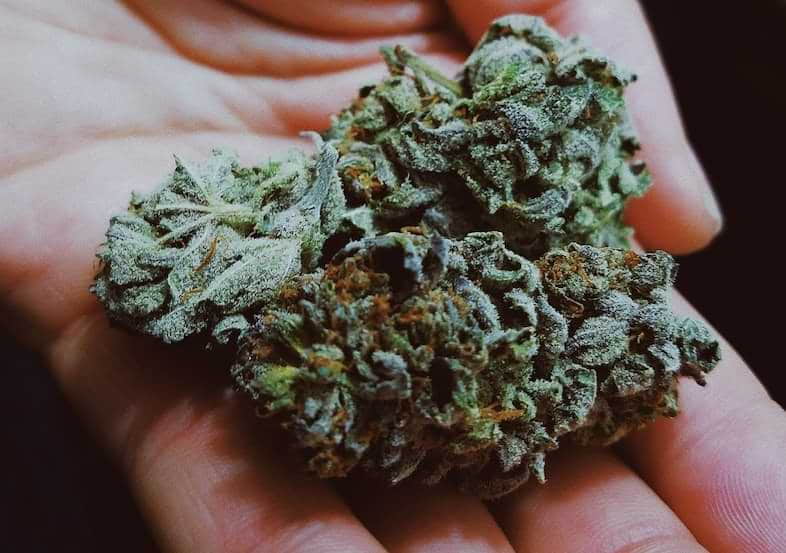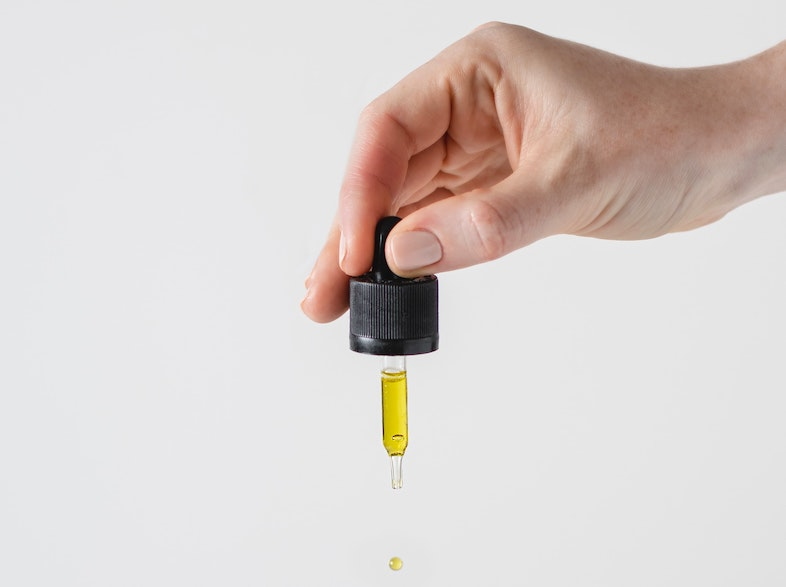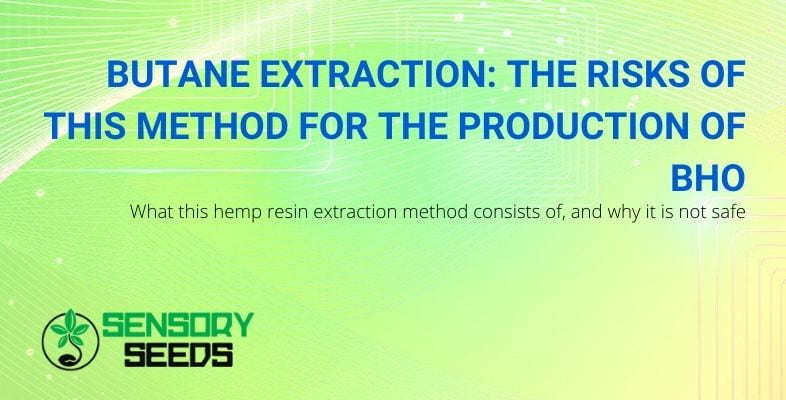Modified on: 21/09/2022
What this hemp resin extraction method consists of and why it is not safe
There are many exciting aspects in the beautiful world of cannabis, and there is never a shortage of news. In the blog of Sensoryseeds, a leading website for the sale of autoflowering, feminized, and fast seeds, we not only talk about the characteristics of the various types of marijuana seeds but also about the plant and its derivatives.
In this article, we want to inform you of a method of extracting marijuana resin and warn you of the risks involved.


How to extract cannabis resin with butane
When one thinks of hemp resin, one is automatically linked to hashish. However, this cannabis derivative has been produced since immemorial by very ancient resin extraction techniques. In India, for example, these are extracted by rubbing hands over the inflorescences of live plants and then shaping them into small ovules; in North Africa, on the other hand, the tradition is for the buds to be detached from the plants and beaten over a sieve to press the trichomes into small cakes.
In both cases, obtaining a product free of impurities such as plant residues, dust and insects is impossible. For some time now, however, a more refined hemp resin extraction technique has been gaining popularity, using which a trichome extract with THC values close to 80% can be obtained. This is butane extraction, and the derivative obtained is called Butane Hash Oil (BHO).
To extract the pure resins from cannabis with this method, its inflorescences are placed inside a metal tube (or glass container); this tube is then placed over a container in an upright position (with the end closed by a filter facing downwards). Next, butane gas is introduced from the top, passing through the grass, dissolving the resin and transporting it downwards without taking any other plant residues or chlorophyll. Once the process is complete, the gas evaporates from the container leaving only a golden-coloured resin.
Since it was introduced, this technique has stimulated the curiosity of many cannabis enthusiasts; however, there are still many doubts and perplexities surrounding it, not only because of the dangerousness of its implementation but also because of the risks involved in taking its product.
Read also: Microelement deficiency in cannabis plants: how it is recognised and what remedies are applied
DIY extraction: a hazardous practice
The butane extraction method has been criticized because of its dangerousness, especially in the USA. Let’s be clear, professional laboratories use equipment with high safety standards, and the staff know how to minimize the risks. The problem arises when amateurs attempt this type of extraction. They use rudimentary equipment and often do not realize the risks they are running.
Butane is a highly flammable substance, making the process dangerous. Nevertheless, there has been no shortage of episodes of explosions during butane extraction attempts by inexperienced people who, after watching online tutorials, thought they could make hash oil this way.
In short, DIY can be very expensive; in the worst-case scenario, life! But the dangers associated with the extraction technique are not the only reason BHO has come under attack. Here is what else is of concern about this product.


BHO and the risks associated with its use
Butane Hash Oil has one great advantage: unlike hashish, it has no impurities outside the plant or parts other than pure resin. Beware, however: no studies show that no toxic gas residue remains on this product. A professionally extracted BHO should not show any traces of butane because it is purified in a vacuum; however, knowing how this resin is obtained and not being sure that it does not have any traces of gas does not give much security.
Moreover, the result of this method is a resin with a very high THC percentage. Earlier, we discussed values close to 80%, almost five times the amount of active ingredient present in a cannabis inflorescence. In a normal situation, the intake of such a high amount of THC is not fatal, but it can cause unpleasant effects, and this concentration means that these occur more quickly, even with a very low dosage.
Taking this derivative does not exclude uncomfortable situations such as fainting or sickness, so it is not a safe practice.
Read also: Micro mites and cannabis: how you can protect marijuana from these dangerous pests
In conclusion
In this article, we have shed some light on this technique of extracting trichomes from hemp and explained what it consists of. We have also highlighted the various risks of this method in the absence of facilities, equipment and professional experience.
We at Sensoryseeds.com advise against using this technique to extract resin from marijuana inflorescences because it is dangerous, and germinating cannabis seeds is prohibited by law.
The seeds for sale in our online shop are for collectors only. Have a look at our wide selection of weed seeds: from autoflowering seeds to feminized or fast growing weed seeds, there’s something for any taste!
We are waiting for you on SensorySeeds!









